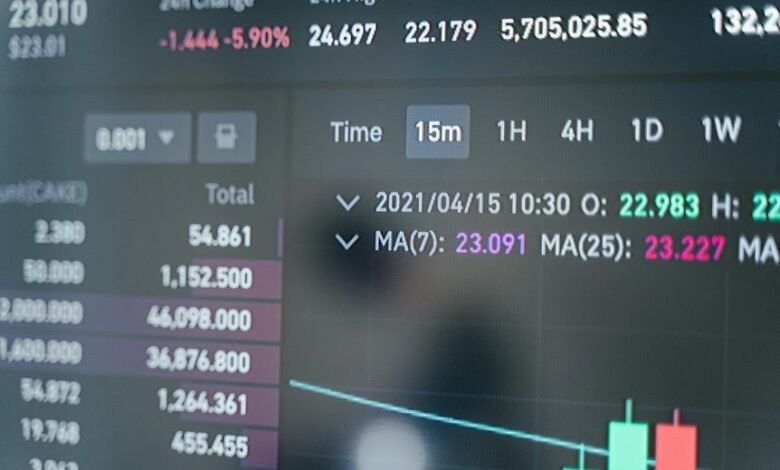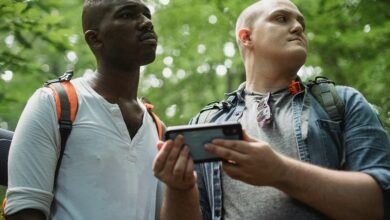Who Called You From 6087163169, 6097102131, 6097265283, 6098400075, 6105196845, and 6108003625? Find Out Everything About Any Phone Number

Identifying unknown callers can be a crucial aspect of personal security. Numbers such as 6087163169, 6097102131, and others may trigger curiosity or concern. Understanding who is behind these calls can help individuals manage unwanted communications effectively. Various tools and resources are available to reveal the identities and motives of these callers. However, the question remains: what could be the implications of answering or ignoring these calls?
Understanding the Caller ID: What to Look For
How can one effectively interpret the information presented by caller ID?
By leveraging caller ID features, individuals can discern the identity of incoming calls. This is crucial for identifying scammers who often utilize spoofed numbers.
Recognizing legitimate calls versus potential threats enhances personal security and empowers users to make informed decisions about their communication, ultimately fostering a sense of freedom in managing interactions.
Common Reasons Behind Unknown Calls
While many individuals may feel apprehensive about receiving unknown calls, understanding the common reasons behind these calls can alleviate some of that concern.
Spam calls often utilize aggressive telemarketing tactics, targeting potential customers with promotional offers.
Additionally, some calls may involve potential scams, aiming to exploit privacy concerns.
Recognizing these motives can empower individuals to approach unknown calls with greater awareness and caution.
Tools and Resources for Identifying Phone Numbers
To better manage the uncertainty surrounding unknown calls, individuals can utilize various tools and resources designed for identifying phone numbers.
Reverse lookup services, online directories, and caller identification features empower users to discern the origins of mysterious calls.
Additionally, mobile apps provide scam alerts and facilitate phone number tracking, enhancing personal security and promoting informed decision-making regarding unknown contacts.
Conclusion
In the quest for clarity amidst the chaos of unknown calls, one might ironically find that the tools designed to unveil identities often reveal more about our own anxieties than about the callers themselves. While reverse lookup services promise insight, they also highlight the irony of modern communication—where anonymity thrives, and curiosity can lead to unforeseen complications. Ultimately, the true challenge lies not in identifying these numbers, but in understanding the deeper implications of our desire to connect in an increasingly disconnected world.





